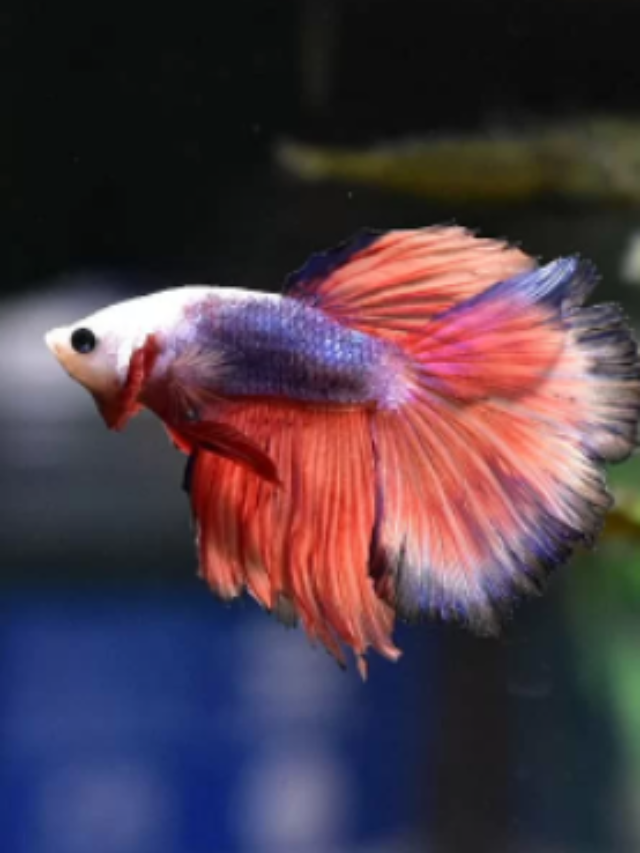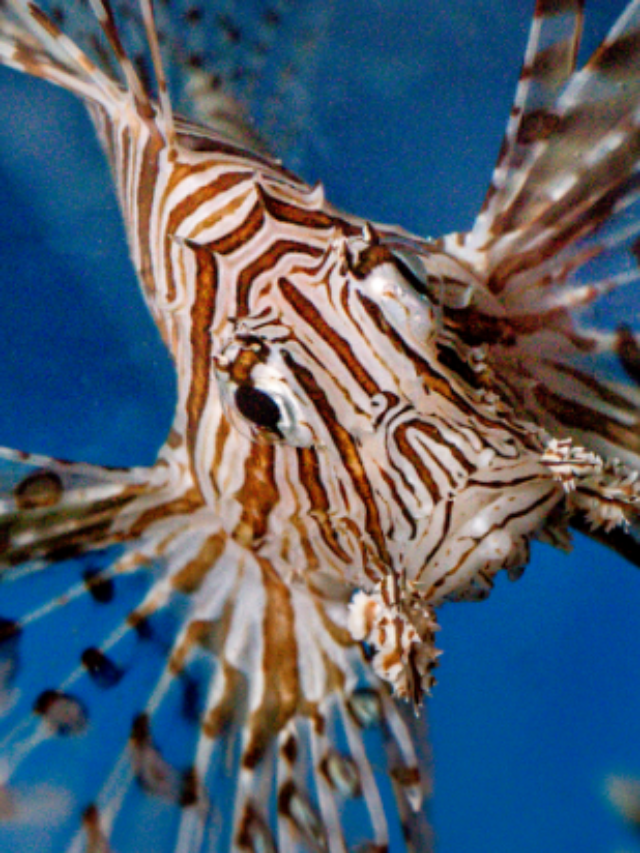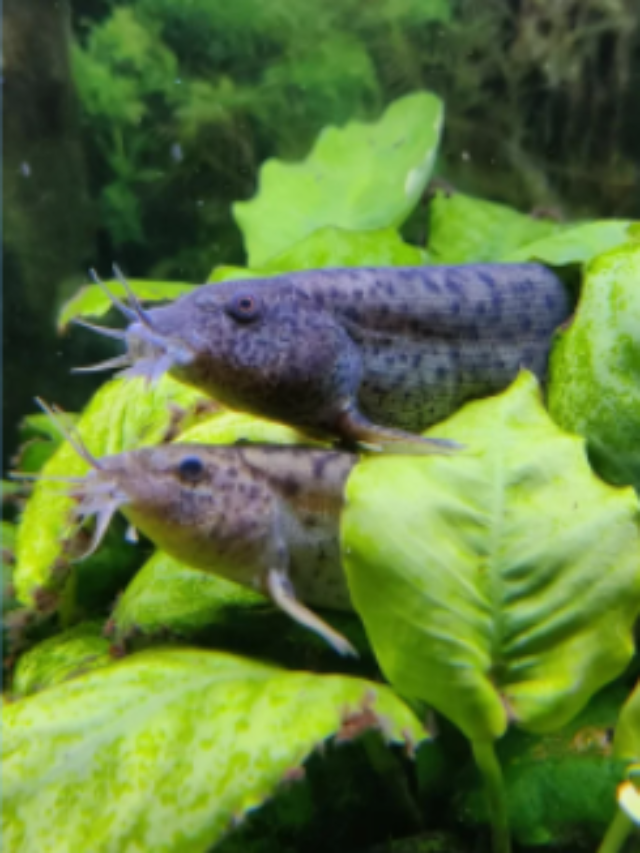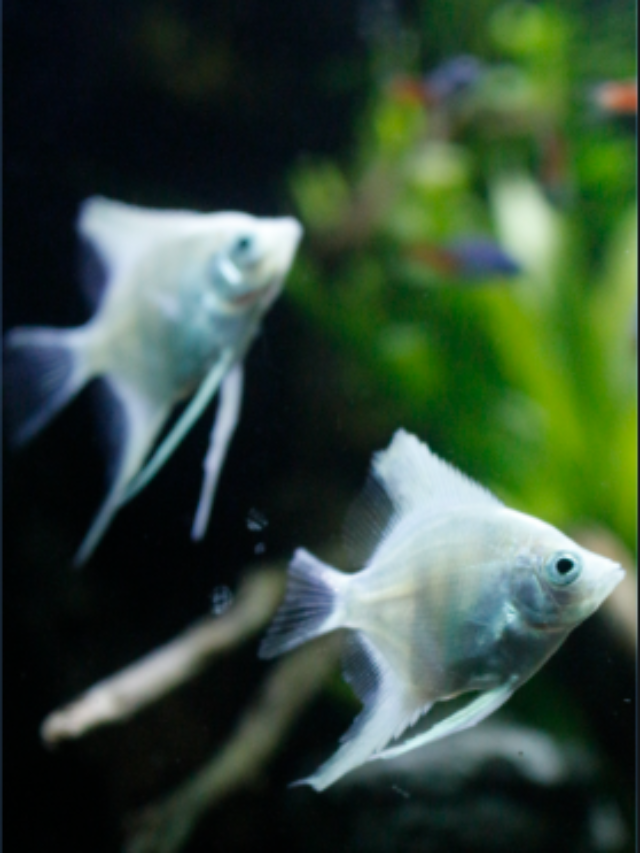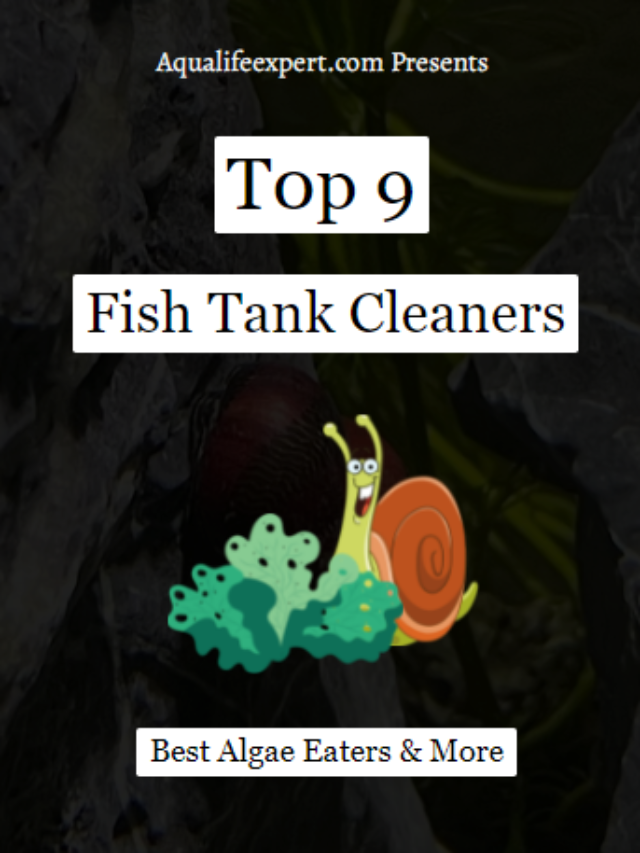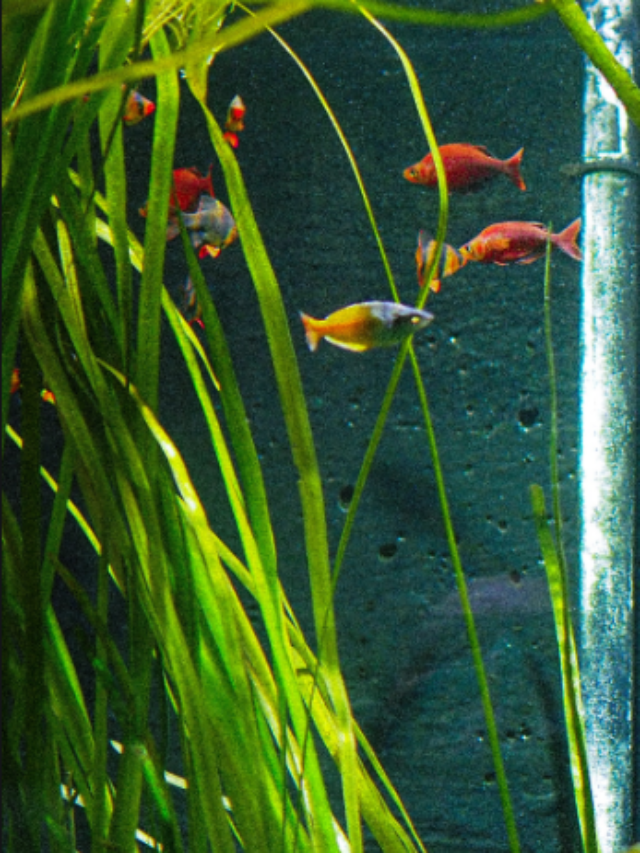Why does my aquarium plant turn transparent?
Check Our Quick Stories
Aquarium plants are one of the main things to maintain a healthy aquatic life inside of the fish tank. It helps to generate oxygen and plays a vital role to run the ecosystem inside the tank. Now plants become transparent instead of becoming fresh and green.
Plants can become translucent. The main cause of the transparency of aquatic plants is lack of nutrients and minerals deficiency. Iron is the main micro-nutrient that is responsible for the transparency of leaves. Lack of zinc and manganese could also be the same problem for leaves. Excessive alkalinity of water also can be a cause of transparency of plants of the aquarium.
But there are lots of factors which are related to this topic. So you must aware of it. So let’s know about that.
Top 5 causes of the transparency of aquatic plants
The only way to understand the disease of aquatic plants is to check their color. If the plants turn into another color or transparent then you should understand that the plant is facing some trouble. Now let’s know the possible causes of the transparency of aquatic plants
-
Deficiency of iron, zinc, and manganese
Aquatic plants need two types of nutrients to grow. One is a macronutrient and another is a micronutrient. The green-colored Chlorophyll makes the plant green. Now if there is a lack of chlorophylls in leaves then it will be pale or transparent or white.
According to the source lack of iron is one of the main reasons for the deficiency of chlorophyll. Lack of chlorophyll is called chlorosis. In this disease, plants turn into a yellow fist and then gradually turn transparent.
But lack of manganese and zinc both are equally responsible for the transparency of plants. But there are ways to understand it. If the inner and terminal leaves turn transparent first then it may cause just because of lack of iron but if the older and older leaves turn transparent first then it may cause just because of manganese and zinc.
-
Plants are submerged fully
This is another cause that is responsible for the transparency of aquatic plants. Plant-like anubias generally want to grow on top of the water surface. But due to several circumstances, aquarists submerge the plants fully into the aquarium.
At that point, these types of plants turn transparent due to the excessive touch of water. Then these plants take some time to develop their aquatic leaves which are smaller than the natural ones. So this can be a cause of the transparency of aquatic plants. At this point, aquatic plants change their habit to live underwater.
Read here:- Is soil must need to grow plants in an aquarium?
-
Alkalinity of water
There are tons of water parameters that you consider to build a healthy aquarium. PH level is one of the important parameters among these. Not only fishes, but aquatic plants also need the right pH level to thrive.
Now there are two-three parts to the pH scale. 0-6.9 indicates acidic water, 7 is neutral and from 7.1 to 14 indicates alkaline water. Now you should know that plants dislike alkaline water and if the water is highly alkaline then the aquatic plants could turn transparent. At that moment you have to check this water parameter immediately.
Read more:- Fertilizing Aquarium Plants (Infographics): Basic to Advance
-
Too much tightened up the roots
Roots are the main part of a plant to get resources to live. But aquatic plants are not like normal plants. They suck resources from water. To keep them remain at the same place aquarists need to bind them up with some rocks and something like that.
Now if that binding is too tight then the roots can’t take the important resources from water and gradually the plant will be pale enough. Sometimes later due to lack of food chlorophylls will turn transparent or yellowish.
Read more:- Are Floating Plants Good For Aquariums? 7 Floating Plants Recommendations
-
Bacterial or fungal disease
Another cause is a bacterial or fungal disease of plants. Plants could get caught by several bacteria or fungi. if the top four causes are not responsible for the transparency of leaves then you should understand that there may be some fungal or bacterial diseases of that plant.
To get rid of that, you need to cut off that particular plant. There are ways to fix that plant up by medicine but that will not be suitable for fishes in the aquarium. This is better to remove that plant from the aquarium to prevent further spreading of diseases.
Read here:- How to remove algae from the aquarium? Solutions of each type of alga
Final thoughts
There are tons of problems that you may face if you have planted an aquarium. Transparency of plants is one of them. But there are solutions to get rid of this problem. If you see the water is alkaline enough then try to fix it up. The lack of nutrients can be a real issue it. to solve that issue you need to provide good quality fertilizers and all.
So best of luck & happy fishkeeping🐟



